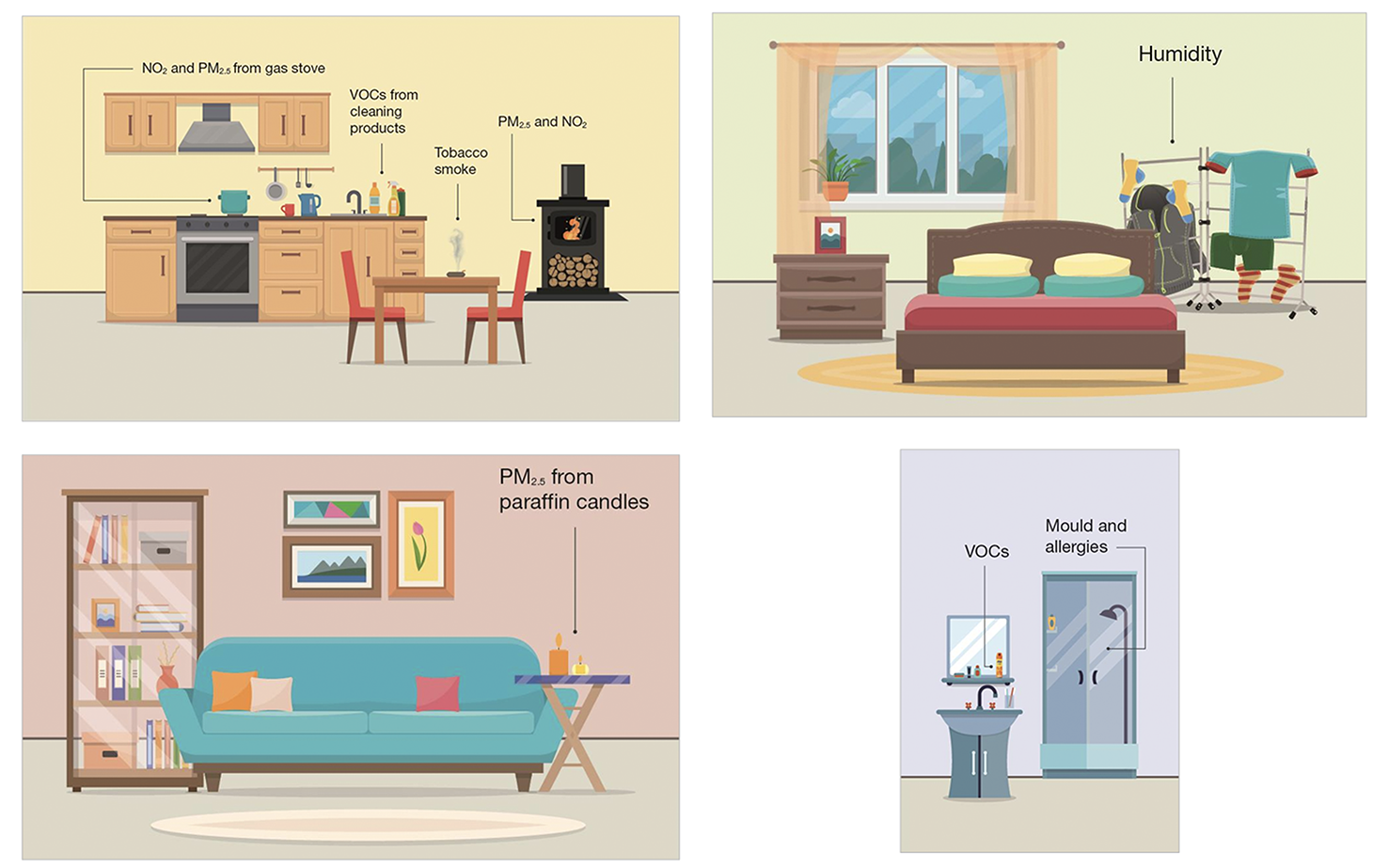Indoor air pollution is “typically around six times worse than outdoor air pollution, even in major cities“.
Most people spend most of their time indoors. And those at most risk from air pollution – children, and people with pre-existing conditions – spend even more time indoors.
But there’s much less advice about indoor air pollution. Partly because individuals and families all do such very different things in their homes, schools and offices.
Here’s some standard advice about internal air pollution.
I’m going to emphasise some important issues – and share some surprises – going through a home room by room.
Coming in from outside
While I am focusing here on internal sources of air pollution, the outside air is still very important. Nine year old Ella Kissi-Debrah – the first person to have air pollution recognised as a cause of her death by the coroner – died from asthma because her home was on a busy polluted road.
For those at risk, it’s especially important to close windows and avoid going outside to exercise during episodes of high external air pollution.
Don’t smoke
I can usually smell straight away when I go into homes where someone smokes. But it’s there whether you can smell it or not.
Check out how much you know about secondhand / passive smoking with this quiz.
– Even if you try to avoid smoking in front of children or vulnerable adults, it takes an average of five hours for the home to be clear of smoke
– Those who smoke outside still bring smoke inside on their clothes. Breathing in smoke on clothes is also a risk to children’s lungs.
– Passive vaping is not as harmful as passive smoking, though many people find the vapour irritating or harmful. Nearly 5 million single use Vapes are thrown away every week. Disposing of them is a major hazard – ultimately contributing to air pollution. If you are going to vape, please use refillable vapes.
Moving into the body of the house…
Dont burn wood or coal
Domestic woodburning causes 17% of London’s particulate matter (PM) Pollution.
That’s MORE than road traffic:
– Although open fires are the biggest risk, “cosy “wood burners are a major source of internal air pollution. Having an eco-certified wood burner is the equivalent of having 6 HGVs or 18 diesel vehicles in your front room.
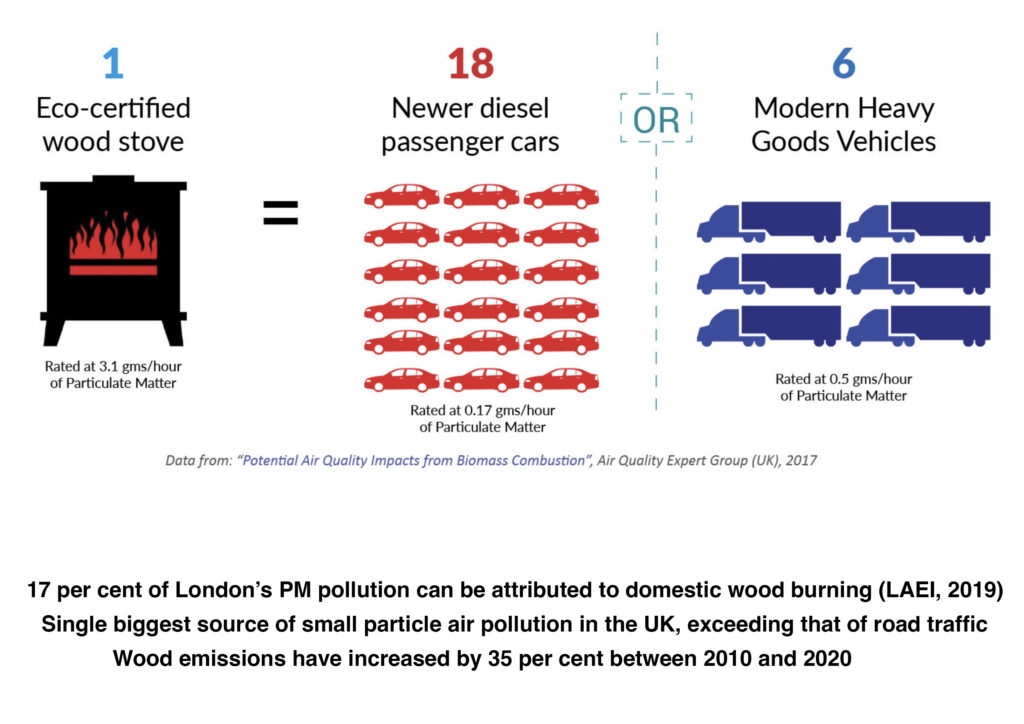
– People are increasingly burning waste wood from construction sites while being unaware of the serious health risks. From arsenic!
Construction wood is “normally treated with arsenic-based preservatives to protect against insects and fungi. This arsenic becomes part of the ash and smoke when the wood is burned”
One survey “found examples of people burning fence panels, pallets, old furniture, doors, door frames and construction wood salvaged from skips.
Cook safely
Avoid gas / ventilate / use pans and air fryers safely
Gas stoves “are the only common fossil fuel appliance to vent pollution indoors”, said Rob Jackson, a scientist at Stanford who helped lead the new research. “We would never willingly stand over the tailpipe of a car, breathing in its pollution, but we do willingly stand over our stoves, breathing in the pollution they emit,” he added.
Using a gas stove “can raise indoor concentrations of benzene, a cancer-linked chemical, to … even beyond levels found next to oil and gas facilities”, a new study has found.
“I’m hard-pressed to think of a more powerful chemical cause of leukemia than benzene,” said Jan Kirsch, a California-based oncologist who said that people had in their homes a “very potent” cause of blood cell cancers.
Elevated levels of benzene can linger for six hours throughout a house or apartment after a gas stove is turned off.
A stew of different emissions, including carbon monoxide and formaldehyde, “are expelled from gas stoves, even after they are turned off.”
Many households “lack adequate ventilation to help reduce dangerous levels of benzene… Range hoods, even when they are used, often just circulate air around a dwelling rather than expel the harmful chemicals.”
The result is “indoor air hazards that often rival, or even exceed, the sort of outdoor air pollution that has been reduced through clean air regulations over the past 50 years.”
Derived from: https://www.theguardian.com/environment/2023/jun/20/gas-stoves-benzene-levels-study and https://community.breathelondon.org/c/brunswick-tenants-and-residents-association/
If you cant avoid cooking on gas:
– use the back burners
– use saucepans big enough so the flames dont flicker up round
– ventilate – not only while you are cooking but afterwards.
Take care air frying fatty food
Air fryers use less electricity – so reducing air pollution at source.
But air frying fatty foods is much more polluting:
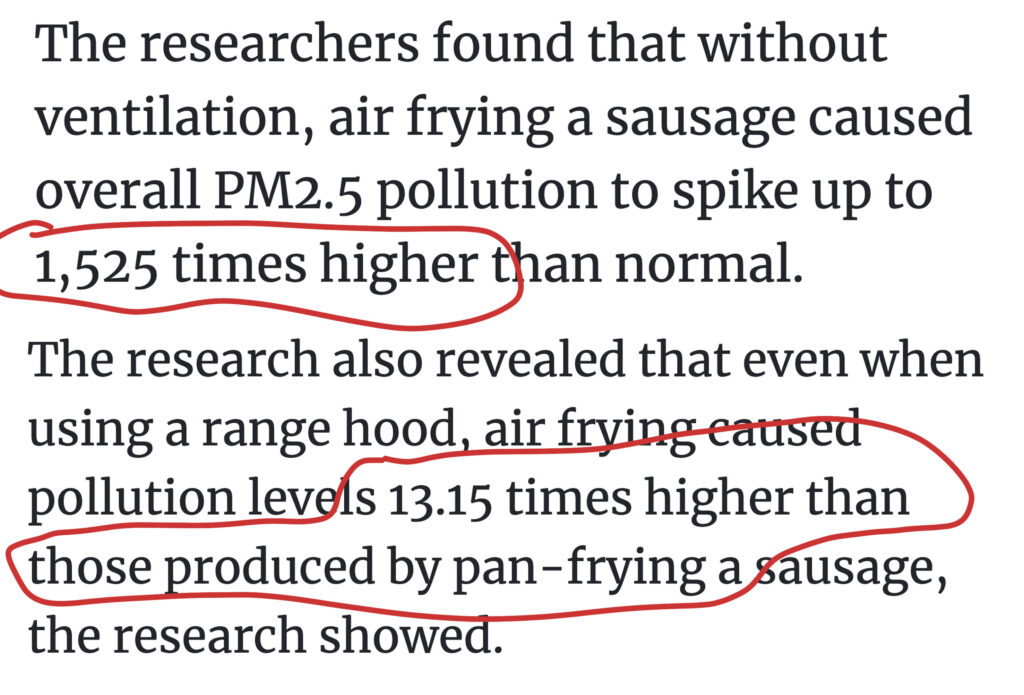
Use Low VOC products
Thousands of ‘everyday’ products contain harmful VOCs.
There’s detailed advice on how to avoid / do better with TOXIC formaldehyde, flame retardant chemicals, phalates, microplastics and formamide on https://www.pureearthcollection.com/national-clean-air-day-indoor-air-pollution-and-children
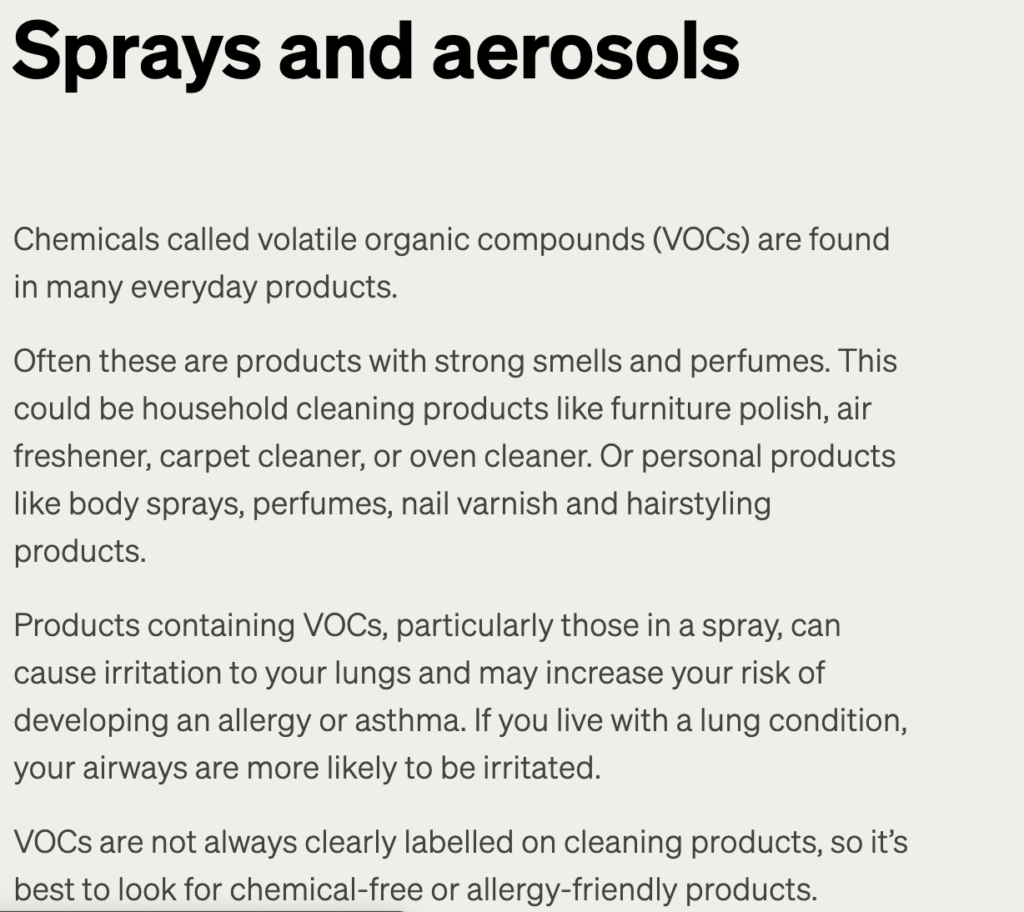
Wear gloves and long-sleeved clothing as those chemicals can be absorbed through skin as well as being breathed in – as advised by https://www.babycentre.co.uk/a25045644/air-pollution-and-pregnancy#section3
Or simply make your own, safer, products:
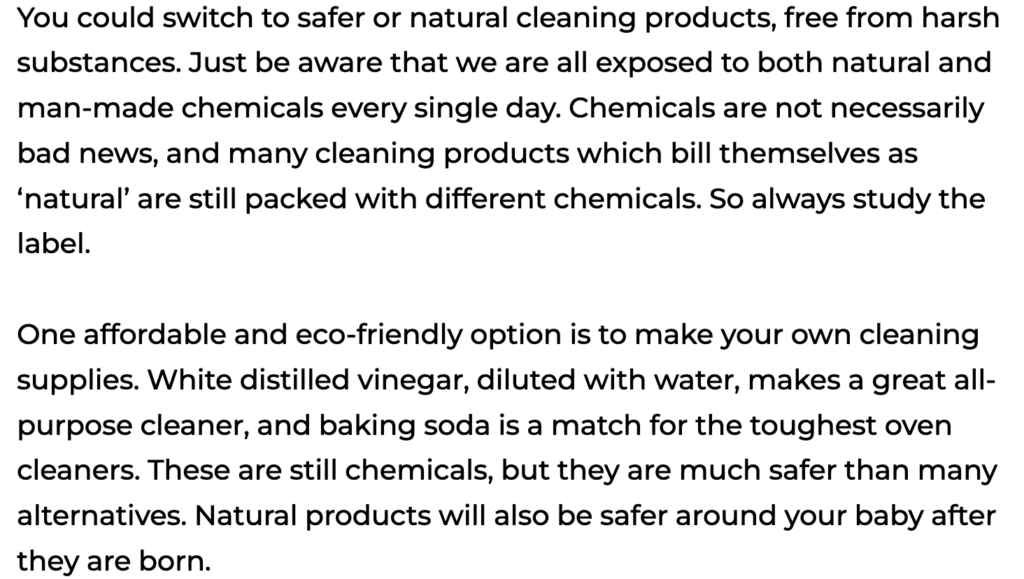
Avoid microplastics
Microplastics are bad for everyone – but especially children and babies:
To avoid microplastics, check out the Plastic Free Baby Campaign and:
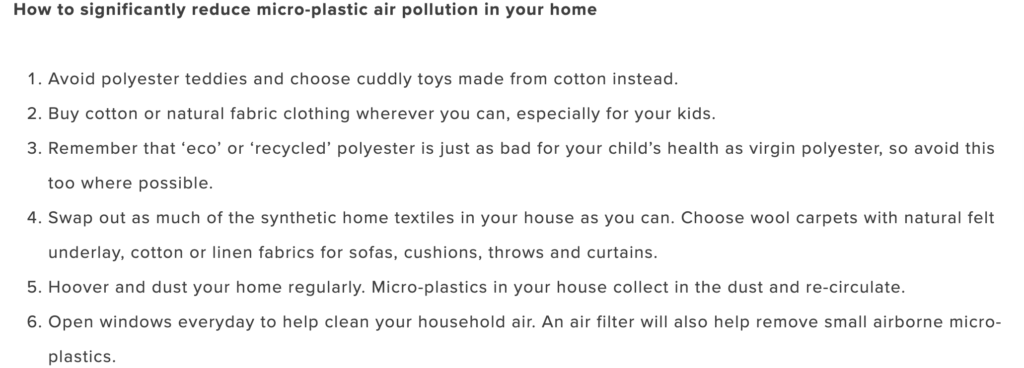
If you cant avoid non-natural fabrics and are worried about micro-plastics in your laundry, youre right! Its a BIG deal. Consider a retro-fit filter.
Cora balls are cheaper but less effective. They “prevent an average of 31% of microfiber pollution. Cora Ball tangles fiber AND reduces the amount of fiber breaking off our clothes, helping them last longer and protect our lakes, river and ocean”. Other ecoballs are available.

Do regular dusting and vacuuming
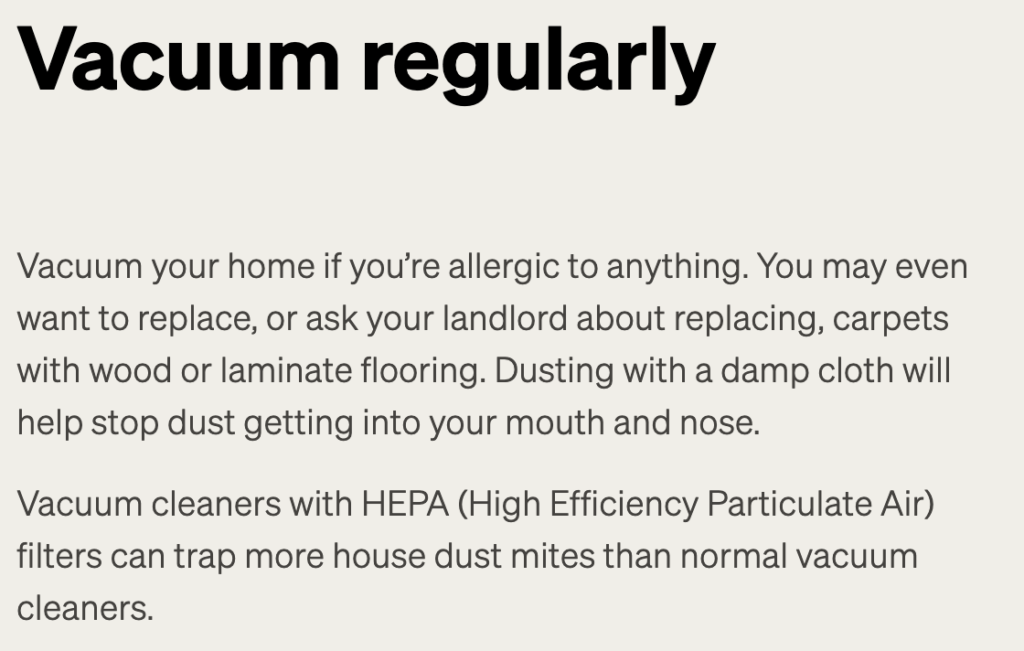
Take care with home decor
– Open windows when you have any new carpets or furniture.
– Also with / after painting – consider using low VOC paint
– Incense can be be a big bad issue:
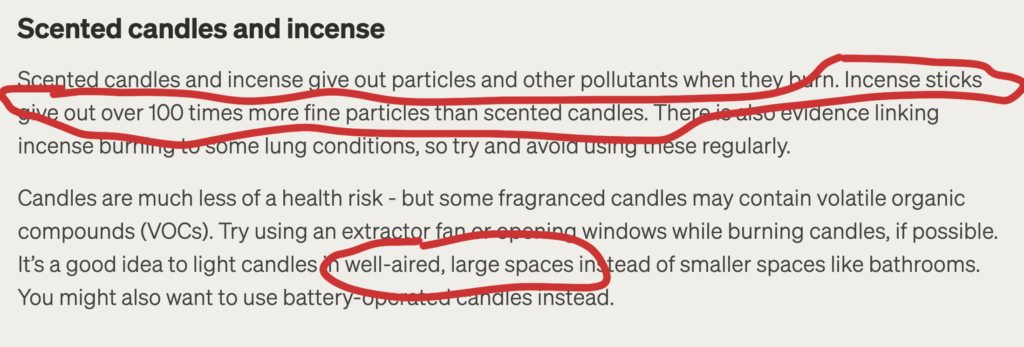
– Though candles are less bad than incense, when more are used they’re worse:

Here’s a short summary on decor from pureearthcollection:

